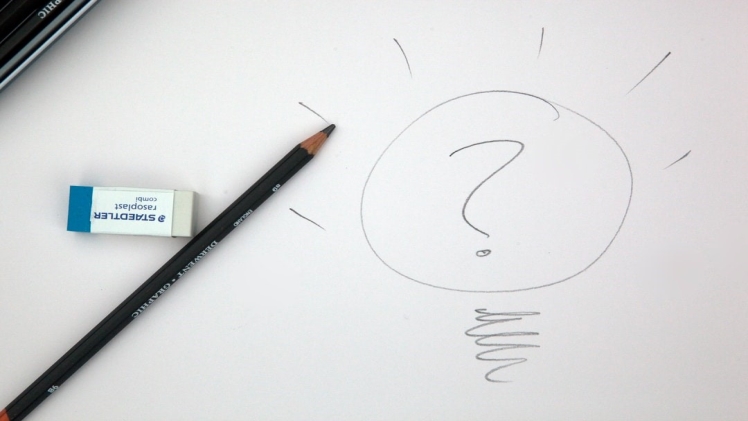Using charts and graphs is an essential part of any data analysis. A chart takes data and turns it into something visual so you can more concisely compare the details. Take a waterfall chart, for example. This is almost like a simple bar graph but it takes on a waterfall style. It’s best for categorical and sequential data from the source. Once you have a basic understanding, you can learn how to make a waterfall analysis work for you and your business.
Waterfall Chart Overview
A waterfall chart shows a cumulative approach to your data. When you review consistent months or years, this is a great choice. The idea is to take categories and sort the data. The waterfall chart will place the data in a fashion that shows the lowest result to the highest result.
For example, if December was the best month for your category, it will be the last month with the largest bar on the graph. If June is the lowest month, it starts the graph at the low point. The chart sorts the data in order by effect and considers both negative and positive data. With the bars, you can review ups and downs. The end result shows the final conclusion of the entire climb to the waterfall.
Analyze Results
Once you understand the basic concept of the waterfall chart, you can utilize it to analyze results. For example, the intent is to have a chart that has a waterfall flow. This helps to connect the data sensibly and know where the positive trends fall. You’ll get the big picture when it comes to your collected data, and the path to the big picture is grouped together thanks to the format of the chart. When you create it, you display the starting and end points to be full bars. From there, the bars float to make the connection.
Account for Increases and Decreases
A waterfall chart doesn’t only show positive numbers. If you look at a month-to-month view, you can differentiate positives from negatives with color-coding. The data within your chart will simply depend on what you are looking at. Maybe you are tracking inventory levels. If so, you see the fluctuation each month. You might even find that you need to adjust inventory practices.
Take Note of Variants
A waterfall chart will have variants that you need to take note of. This depends on how you program the data to create the chart. It can be helpful to break down categories in this case. Perhaps you need to take a look at categories on a total budget. You can review each category towards the full budget in this scenario.
When to Use Waterfall Charts

Finally, it is important to recognize that there is a time and place for using waterfall charts. They are not always the most suitable analysis tool. This chart helps to understand a breakdown. It provides you with a smaller view of the big picture. You can see changes and possibly pinpoint trends when it is used properly. One of the best times to use a waterfall chart is in a categorical review. Much like the inventory or budget examples from earlier. The chart breaks data into categories and pulls in the big picture. Waterfall charts are also great when there are both positive and negative numbers at play. Again, you see how the parts come together for the whole and you can color code for separation.
Another perfect use for waterfall charts is to review or audit change. You know the end result but you see the path that leads to that result. Use a waterfall chart to map out the path and see the changes along the way.

